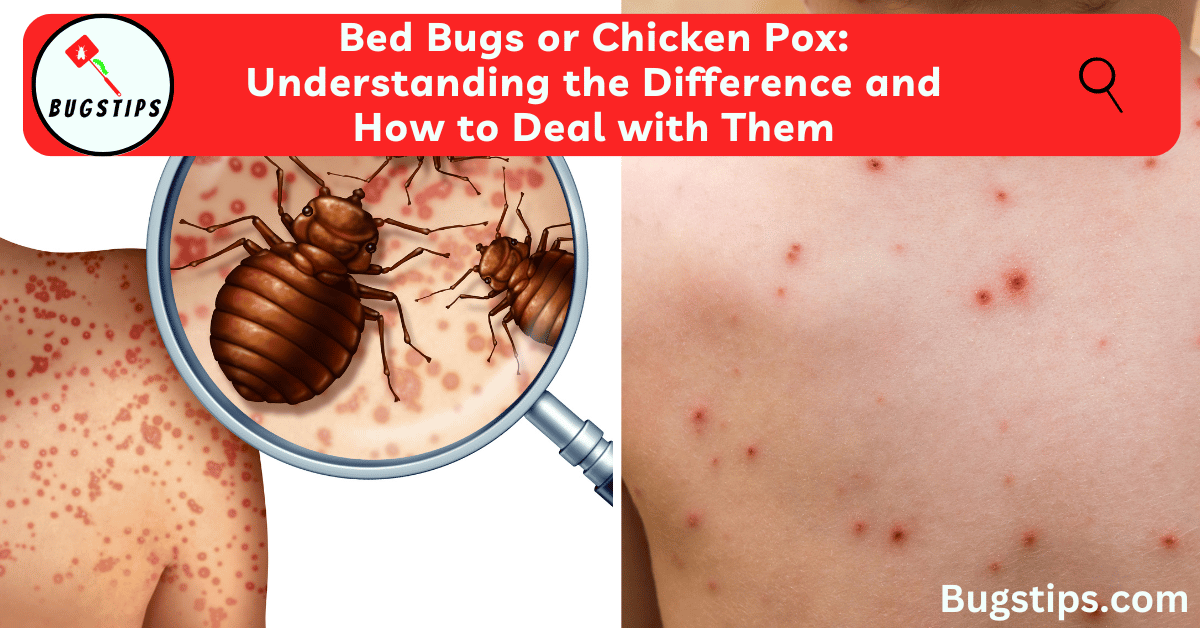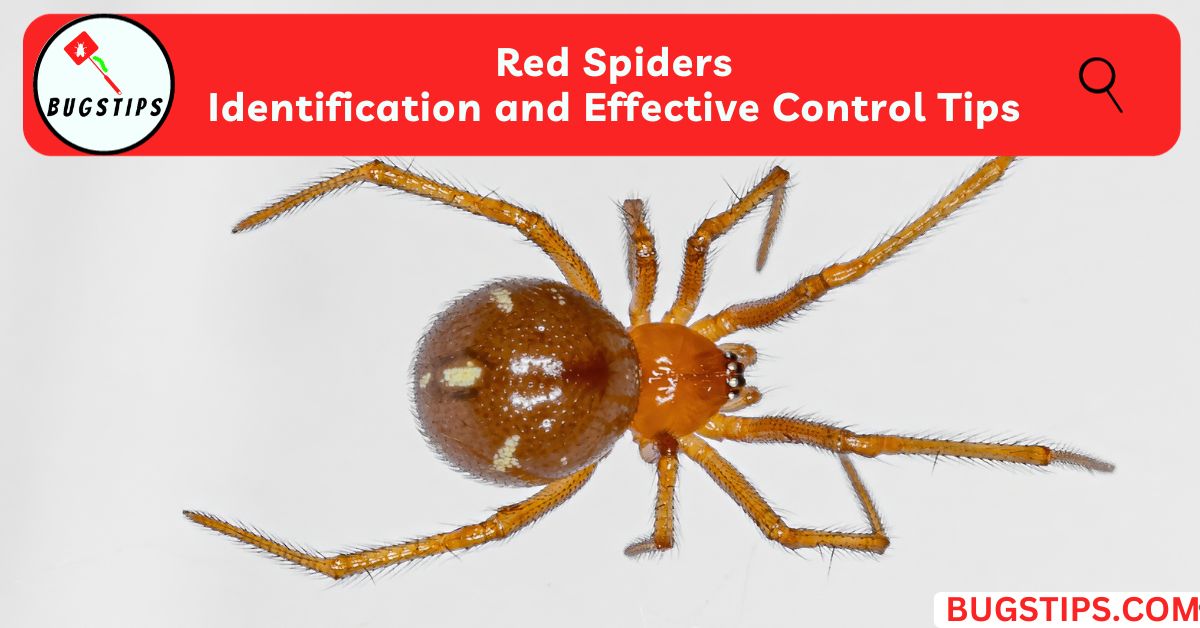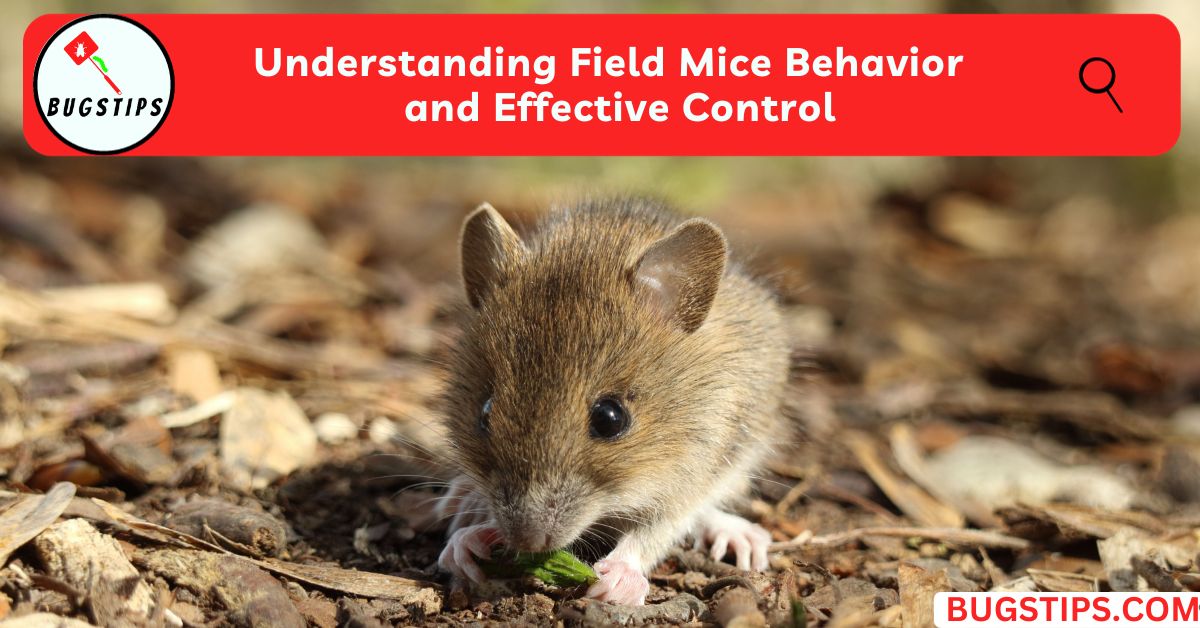This post may contain affiliate links which means as an Amazon Associate, this site may earn a small commission on qualified purchases made through links at no extra cost to you. Learn more on Affiliate Disclosure
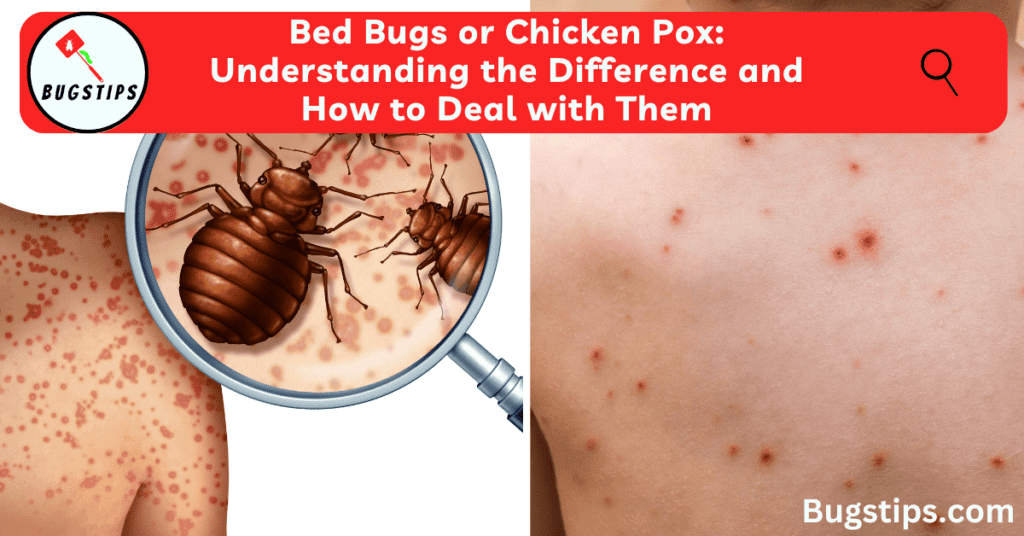
Are you struggling to determine if you have bed bugs or chicken pox? These two conditions may seem similar but they have distinct differences in symptoms and treatment.
Bed bugs are parasitic insects that feed on human blood, while chicken pox is a highly contagious viral infection that causes itchy rashes.
In this article, we’ll guide you through how to differentiate between bed bugs and chicken pox, how to identify the symptoms, and what treatment options are available. By the end of this article, you’ll be equipped with the knowledge to identify which condition you may be dealing with.
What are Bed Bugs?
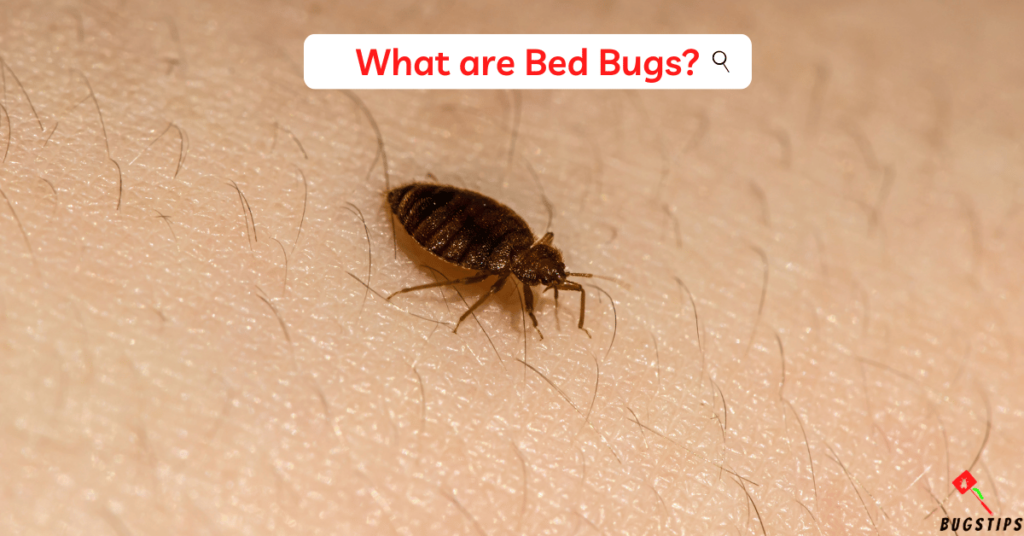
Bed bugs are small, flat, reddish-brown insects that are about the size of an apple seed. They are most active at night and feed on the blood of humans and animals.
Bed bugs can live for several months without a blood meal and can survive in a wide range of temperatures. Bed bugs are not known to transmit diseases, but their bites can cause itching and discomfort.
Symptoms of Bed Bugs
Bed bugs are primarily known for their bites, which can cause a variety of uncomfortable symptoms. The most common symptom of bed bug bites is itching, which can be severe and persistent. The bites can also cause redness and swelling, and in some cases, can lead to a rash or hives.
Bed bug bites are typically small and flat, with a raised bump in the center. One characteristic of bed bug bites is that they often appear in a line or cluster, as the bugs tend to bite multiple times in one area.
Another telltale sign of bed bugs is the presence of bloodstains on sheets or pillowcases, which can occur when a bug is accidentally crushed while feeding. If you suspect you have been bitten by bed bugs,
it’s important to seek professional help to eliminate the infestation and relieve your symptoms.
Causes of Bed Bugs
Bed bugs are primarily brought into homes and other buildings by humans. They can hitch a ride on clothing, luggage, or other personal belongings, and can easily be transported from one location to another.
Bed bugs are often found in hotels, motels, and another lodging, and can be brought home by travelers who unknowingly pick them up in their luggage. Bed bugs can also be found in used furniture, such as mattresses, couches, and chairs. Once inside a home or building, bed bugs can quickly multiply and infest an area, as they are able to reproduce quickly and can survive for long periods without feeding.
Poor sanitation is not a direct cause of bed bugs, but clutter and a lack of regular cleaning can make it easier for bed bugs to hide and infest an area.
It’s important to take precautions when traveling or bringing used furniture into your home to avoid bringing bed bugs inside.
Related Article – Baby Bed Bugs: 10 Facts You Need to See (with Pictures!)
How to Identify Bed Bugs
Identifying a bed bug infestation can be challenging, as these pests are small and tend to hide during the day. However, there are several signs you can look for to determine if you have a bed bug problem.
First, look for signs of infestation, such as small rust-colored stains on sheets or pillowcases, which can indicate bed bug fecal matter. You may also notice small bloodstains on sheets, which can occur if a bed bug is accidentally crushed while feeding.
Another sign of an infestation is the presence of molted bed bug skins or small white eggs, which can be found in seams and crevices of mattresses, furniture, and walls.
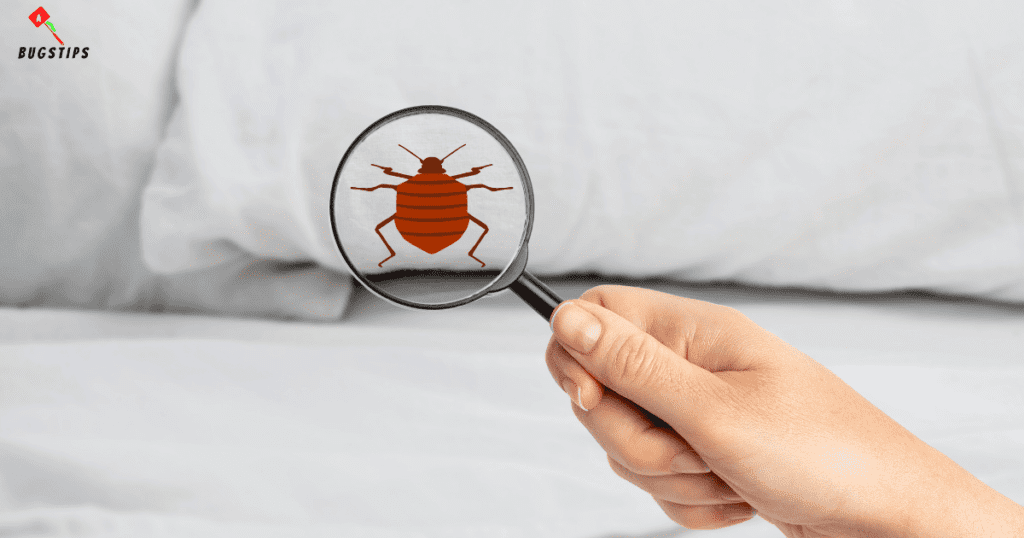
To confirm the presence of bed bugs, it’s important to inspect areas for bugs and their eggs. Use a flashlight to check dark areas, such as behind headboards, along baseboards, and in the seams of mattresses and upholstered furniture.
Bed bugs are about the size and shape of an apple seed, with flat, reddish-brown bodies. Their eggs are tiny, white, and sticky, and may be found in clusters.
It’s important to identify a bed bug infestation as soon as possible, as these pests can quickly multiply and become more difficult to eliminate.
Prevention of Bed Bugs
Preventing a bed bug infestation is much easier than dealing with one after it has taken hold. There are several measures you can take to reduce the likelihood of bed bugs entering your home or building.
Regularly inspect bedding and furniture for signs of bed bugs, such as small rust-colored stains or blood spots, small molted skins, or tiny white eggs. If you find any evidence of bed bugs, take action immediately to prevent the infestation from spreading.
Vacuum and clean regularly, paying special attention to the areas around the bed and other furniture. Use a crevice tool to clean along seams and edges, and be sure to dispose of the vacuum bag or empty the canister outside immediately after vacuuming.
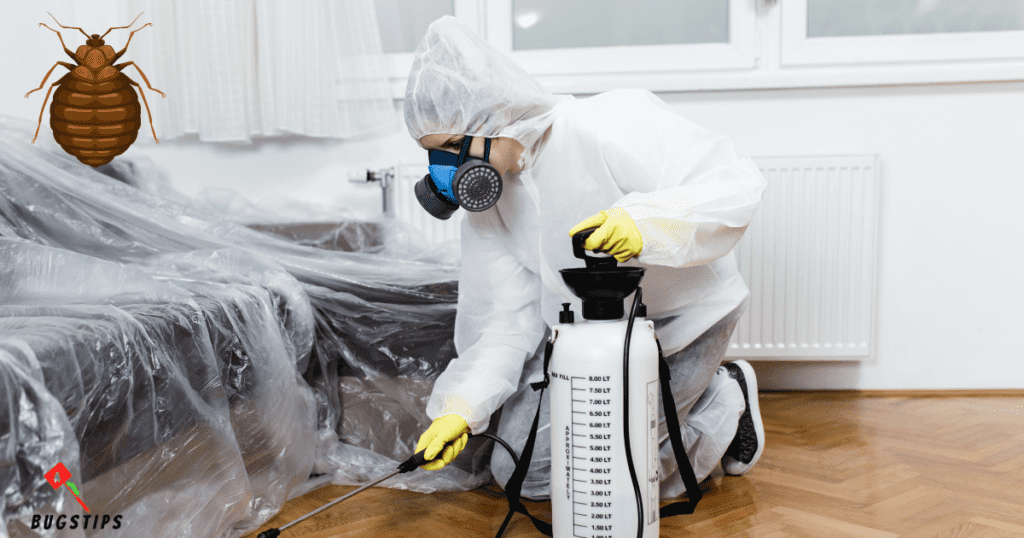
Use mattress and box spring encasements to help prevent bed bugs from entering or escaping from your bedding. These encasements are designed to completely enclose the mattress and box spring, making it difficult for bed bugs to find a hiding spot.
When traveling, be cautious and inspect hotel rooms and another lodging for signs of bed bugs before settling in. Keep luggage off the floor and away from walls, and inspect it thoroughly before packing up to leave.
In public areas, be wary of using upholstered furniture, and consider bringing a portable, bed bug-free seat cover with you.
By taking these preventative measures, you can help reduce the likelihood of a bed bug infestation in your home or building.
Related Article – When You Should Call an Exterminator For Bed Bugs
What is Chicken Pox?
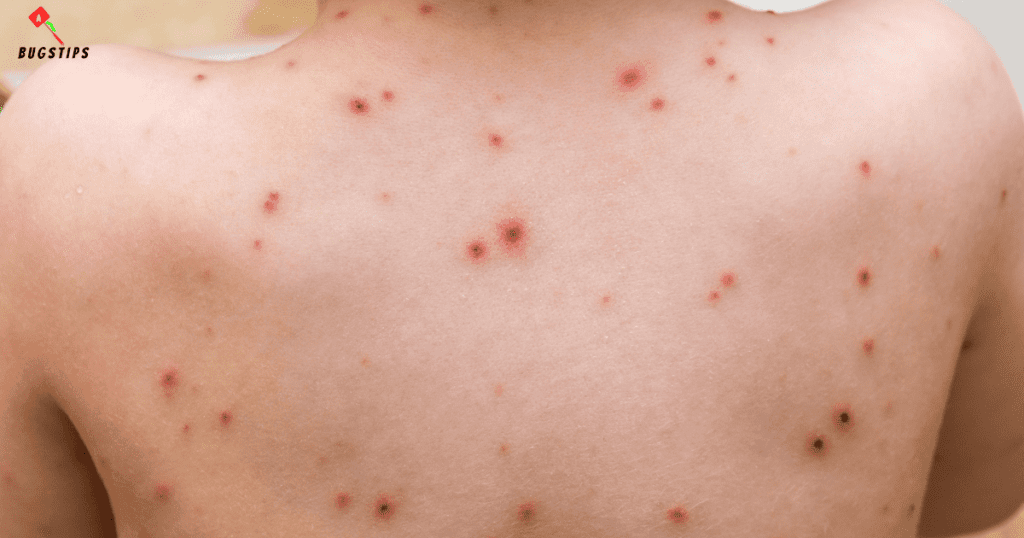
Chickenpox is a viral illness that affects millions of people each year. It is caused by the varicella-zoster virus and is highly contagious. The virus is spread through contact with an infected person or through breathing in airborne particles from an infected person’s cough or sneeze.
While chickenpox is typically a mild illness, it can be more severe in certain populations, including infants, adults, and individuals with weakened immune systems.
Symptoms of Chicken Pox
Chickenpox typically begins with a fever, headache, and fatigue. Within a few days, a red, itchy rash will appear on the skin, which will then develop into small, fluid-filled blisters.
These blisters can be very itchy and can appear anywhere on the body, including the face, scalp, and inside mouth. As the blisters begin to scab over and heal, new ones may continue to appear. In addition to the rash, individuals with chicken pox may also experience a loss of appetite and general discomfort.
While the symptoms of chickenpox are usually mild and resolve on their own within a week or two, it’s important to take steps to manage the discomfort and prevent the illness from spreading to others.
Causes of Chicken Pox
Chickenpox is caused by the varicella-zoster virus, which is highly contagious and can be transmitted through contact with an infected person.
It can also spread through airborne particles from an infected person’s cough or sneeze. In addition, touching contaminated surfaces can also lead to the spread of the virus. It is important to note that the virus can be contagious before the infected person shows any symptoms,
so it is important to take precautions to prevent the spread of the virus even if someone appears healthy. Proper hygiene practices and avoiding contact with infected individuals can help reduce the risk of contracting the virus.
How to Identify Chicken Pox
Chickenpox can often be identified by its distinctive rash, which typically starts as red, itchy spots that quickly turn into fluid-filled blisters.
The blisters eventually scab over and heal within a few weeks. Other symptoms of chickenpox include fever, fatigue, and loss of appetite.
While the virus is usually not serious, it can lead to complications in certain individuals, such as pregnant women, newborns, and people with weakened immune systems. Treatment typically involves managing symptoms and preventing the spread of the virus to others.
Prevention of Chicken Pox
Prevention is the key to avoiding the chicken pox virus. Here are some measures that can be taken to prevent the spread of the virus:

1 – Get Vaccinated: The most effective way to prevent chickenpox is to get vaccinated. Vaccination is recommended for all children, adolescents, and adults who have not had the disease.
2 – Avoid contact with infected individuals: Stay away from people who are infected with chickenpox, shingles, or herpes zoster, as the virus is highly contagious.
3 – Practice good hygiene: Wash your hands frequently with soap and water, especially after being in contact with an infected person or surfaces they have touched.
4 – Keep children home from school if infected: If a child has chickenpox, keep them home from school or other group settings until all blisters have crusted over.
By taking these preventive measures, the risk of contracting the chickenpox virus can be greatly reduced.
Chickenpox vs. Bed Bug Bites: How to Tell the Difference
Chickenpox vs. Bed Bug Bites: How to Tell the Difference
| Category | Chickenpox | Bed Bug Bites |
|---|---|---|
| Appearance | Red, itchy bumps that progress to blisters and scabs | Red, raised bumps that may be in a line or cluster |
| Location on body | Starts on the face and trunk and then spreads to the rest of the body | Anywhere on the body, often on exposed skin |
| Pattern of bumps | Random distribution, not in a line or cluster | Starts on the face and trunk then spreads to the rest of the body |
| Fever | Common | Uncommon |
| Contagious | Highly contagious, spread through the air or contact with fluid from the blisters | Not contagious |
| Treatment | Treatment may include antiviral medication, pain relief, and antihistamines | Treatment may include antihistamines, topical creams, and professional extermination services to eliminate bed bug infestations |
Chickenpox and bed bug bites can be easily differentiated by their symptoms. Chickenpox causes notable marks that can stay on the skin for at least 6-12 months.
The red bumps or patches are bright red and form in a rash, not one bump alone. They’re pus-filled, so scratching will cause them to burst and scab over.
The rash can start on the face and then spread to other parts of the body, including the trunk, arms, and legs. The affected person may also experience fever, fatigue, and loss of appetite.
On the other hand, bed bug bites cause redness to the skin and are itchy. Bed bugs bite in groups, leaving a line or cluster of bites.
The bites can be mistaken for other insect bites or rashes, but they are usually found on areas of the body that are exposed while sleeping, such as the face, neck, arms, and hands.
Scratching the affected area too hard can cause redness and a slight bump with bed bug bites. However, scratching is not recommended as it may lead to infection. Anti-itch creams can be used for bed bug bites while calamine lotion is used for chickenpox.
You’ll Also Like – Bed Bugs vs Scabies
In summary, while both chickenpox and bed bug bites may cause redness and itchiness on the skin, the notable differences in their symptoms and duration of marks can help differentiate them. It is important to seek medical attention for a proper diagnosis and treatment.
Final Thoughts
While both bed bugs and chicken pox can be unpleasant, they are very different things that require different treatments. If you are experiencing symptoms of either, it’s important to take the necessary steps to identify and treat them.
By following the prevention tips outlined in this article, you can minimize your risk of contracting these pests and viruses. And remember, if you suspect you have bed bugs or chicken pox, consult with a healthcare professional or pest control expert for proper diagnosis and treatment.
How do I know if I have chickenpox or bug bites?
Chickenpox and bug bites can look similar, but there are some key differences. Chickenpox usually starts on the face and trunk and progresses to the rest of the body, while bug bites may be anywhere on the body. Chickenpox bumps are usually not in a line or cluster, while bug bites may appear in a line or cluster. Additionally, chickenpox is highly contagious, while bug bites are not.
What insect bites look like chickenpox?
Some insect bites, such as mosquito bites, can look like chickenpox, but they typically do not progress to the same extent as chickenpox. Mosquito bites may cause raised, red bumps that can be itchy, but they will not develop into blisters like chickenpox.
Is Early chickenpox itchy?
Yes, chickenpox can be itchy from the early stages of the illness. The bumps can cause intense itching and discomfort.
What can be mistaken for chickenpox?
Other viral illnesses, such as hand, foot, and mouth disease, can be mistaken for chickenpox because they can cause similar symptoms. However, a healthcare provider can provide a proper diagnosis.
Can bed bugs be found in clean homes?
Yes, bed bugs can be found in clean homes. Bed bugs are attracted to warmth and carbon dioxide, so they can infest any home, regardless of cleanliness.
Can bed bugs be dangerous?
While bed bugs are not known to transmit disease, their bites can be itchy and uncomfortable, and they can cause emotional distress and sleep disturbances.
Can chickenpox be prevented?
Yes, chickenpox can be prevented with the varicella vaccine. The vaccine is recommended for children between 12 and 15 months of age and a second dose is given between 4 and 6 years of age.
Can chickenpox be deadly?
While rare, chickenpox can be deadly in certain populations, such as infants, pregnant women, and people with weakened immune systems. It is important to seek medical attention if you suspect you have chickenpox to prevent complications.
Resources – (for further reading)
cdc.gov – Varicella
History of Vaccines – Editorial: Is Chicken Pox Deadly? It Depends
National Library of Medicine – Trends in varicella mortality in the United States
WebMd – Understanding Chickenpox — Prevention
KidsHealth – Chickenpox

